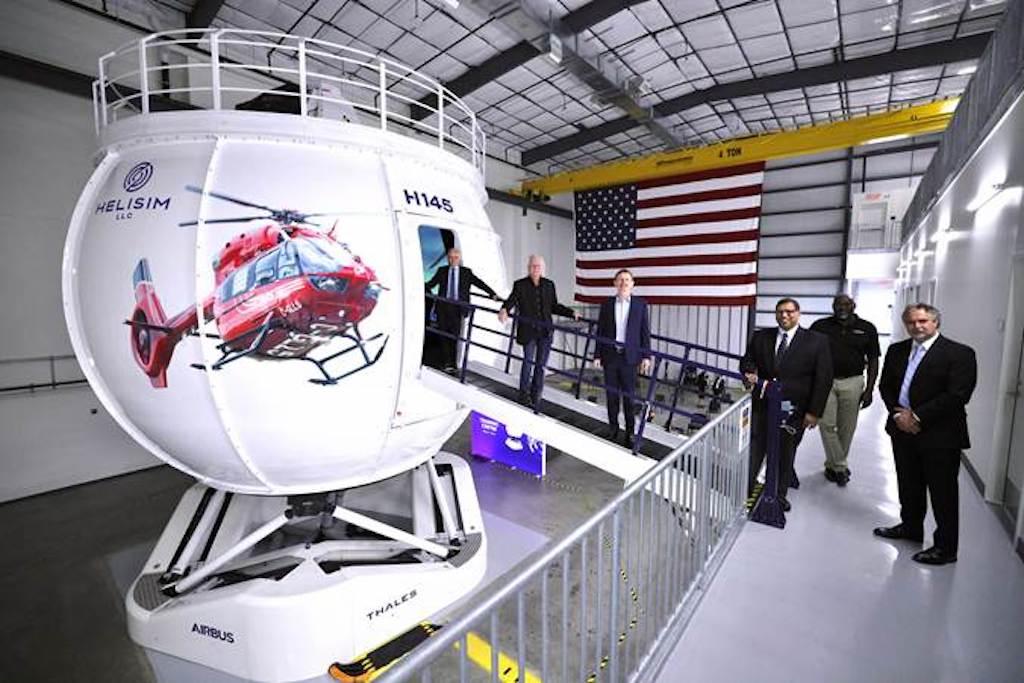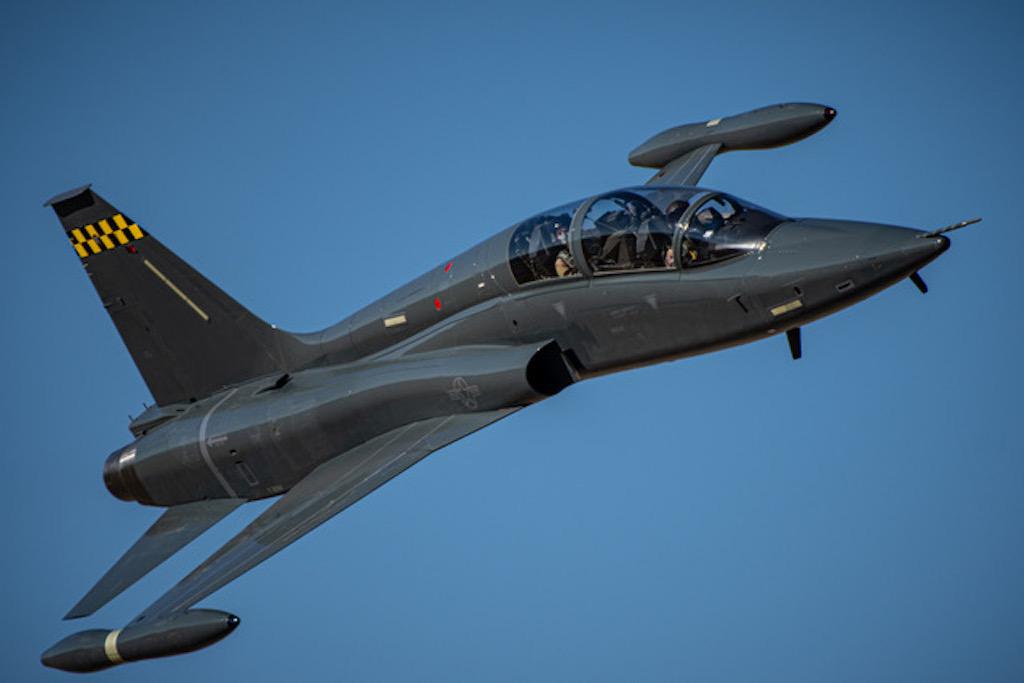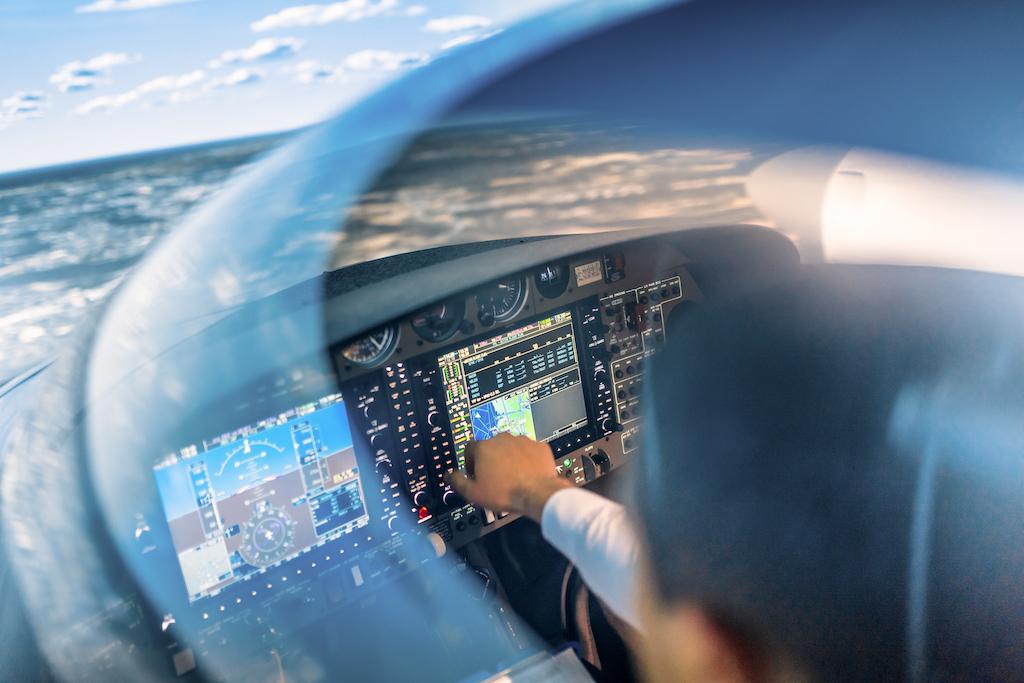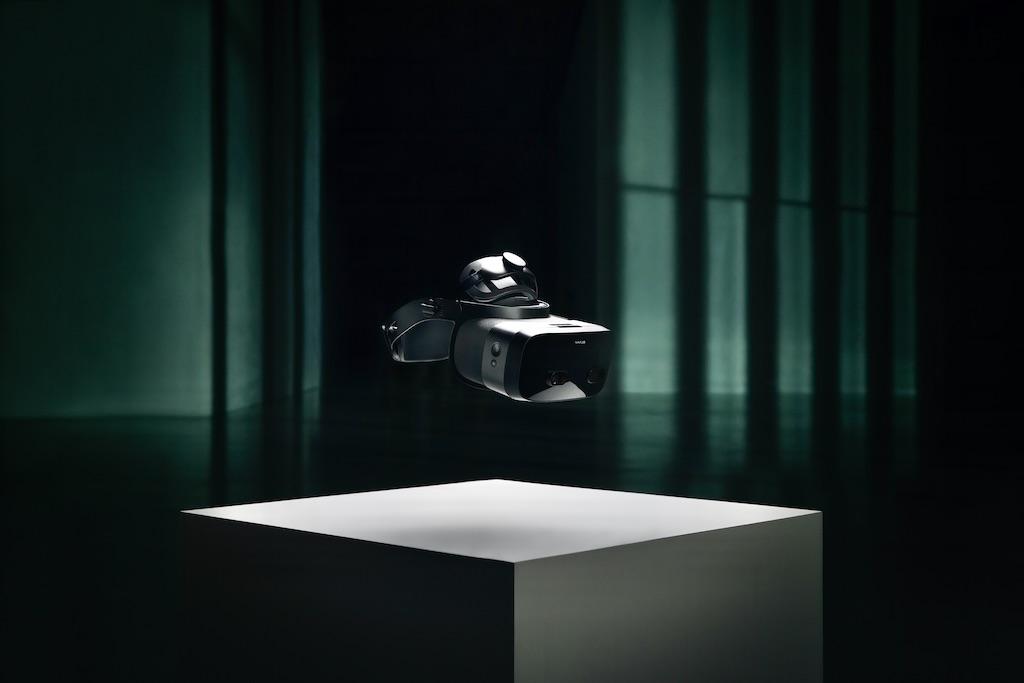Marketplace: Advances In Training and Simulation

Flight training and simulation providers have remained active during the COVID-19 pandemic by introducing new systems and programs, including those offered by the companies below.
H145 Full-Flight Simulator
The Helisim Simulation Center, located at the Airbus Helicopters facility in Grand Prairie, Texas, has inaugurated a new Thales Reality H full-motion flight simulator. The simulator supports initial and recurrent training on the Airbus H145 twin-engine light utility helicopter.
Developed by Thales, the Level D simulator integrates Airbus Helicopters’ avionics and software, a large field of view, 4K projection technology, the Thales full electric Hexaline motion system and a new, intuitive touchscreen instructor station.
“The H145 is already recognized as the most versatile light twin helicopter around the world, used in market segments such as emergency medical services, law enforcement, military, oil and gas and private aviation,” said Romain Trapp, president of Airbus Helicopters, Inc. “With this brand new state-of-the-art Level-D simulator, our North American customers can experience the highest levels of H145 training in their own backyard.”
Covering 18,500 sq ft., the training center represents a major international expansion for France-based Helisim, a joint venture of Airbus Helicopters, Thales and military training provider Defense Conseil International. Operator Helisim LLC, a subsidiary of Helisim, to date has invested $22 million in the facility.
The Helisim Simulation Center was designed to accommodate two simulator bays, with the possibility of expanding to three simulators as needed. The center also operates an H125/AS350 full-flight simulator and an EC135/EC145 flight training device.
Upset Recovery Training

FlightSafety International and Flight Research, a provider of advanced pilot and human spaceflight training, have launched a joint Upset Recovery Training program. The initiative combines FlightSafety’s type-specific simulator training with in-aircraft instruction by Flight Research.
Aimed at reducing accidents caused by loss of control in flight, the training gives pilots an opportunity to experience upset situations involving real gravitational forces, vestibular excitation and mental stress. Flight Research is based at the Mojave Air and Space Port in Mojave, California.
The in-flight experience builds on FlightSafety International simulations that replicate scenarios such as very low-level stall events that cannot be safely accomplished in an aircraft. For more information, visit FlightSafety Upset Recovery Training.
Simulator Installation Service

Austria-based Diamond Aircraft Industries now offers a remote simulator installation service. The manufacturer’s flight simulators are usually installed on-site at customer locations. Due to ongoing travel restrictions caused by the COVID-19 pandemic, Diamond’s simulation team, working with its IT and sales departments, developed a system for live remote installations that is offered to customers worldwide.
Diamond Aircraft’s FNPT II flight training devices complement its training aircraft, supporting basic and advanced instrument, navigation and procedural training. While the manufacturer continues to offer on-site installations wherever possible, it has already completed first remote installation for several customers.
Mixed Reality Headset

Simulation software provider MetaVR of Massachusetts and Finland-based Varjo have combined their Virtual Reality Scene Generator (VRSG) and XR-3 mixed-reality headset, respectively, to provide a pilot’s eye-tracking capability for After Action Review of simulator-based military flight training.
The Varjo XR-3 mixed-reality headset includes a real-time 200 Hz pupil-tracking capability that precisely captures the smallest eye movement of the wearer when training in virtual- and mixed-reality environments. At the end of a training session, MetaVR’s VRSG exports and visualizes the data, displaying the pilot’s head position, orientation and gaze vector over the events of the session.
During a training mission debrief, the instructor and the pilot can see where the head position and eye movements of the pilot were directed throughout a simulated air engagement, providing the ability to objectively assess what lead to the mission outcome.
“What’s best, pilot training can be enriched without adding to the trainee’s cognitive burden,” said Urho Konttori, Varjo co-founder and chief technology officer. “This can help achieve better learning outcomes and improved live missions down the line.”




